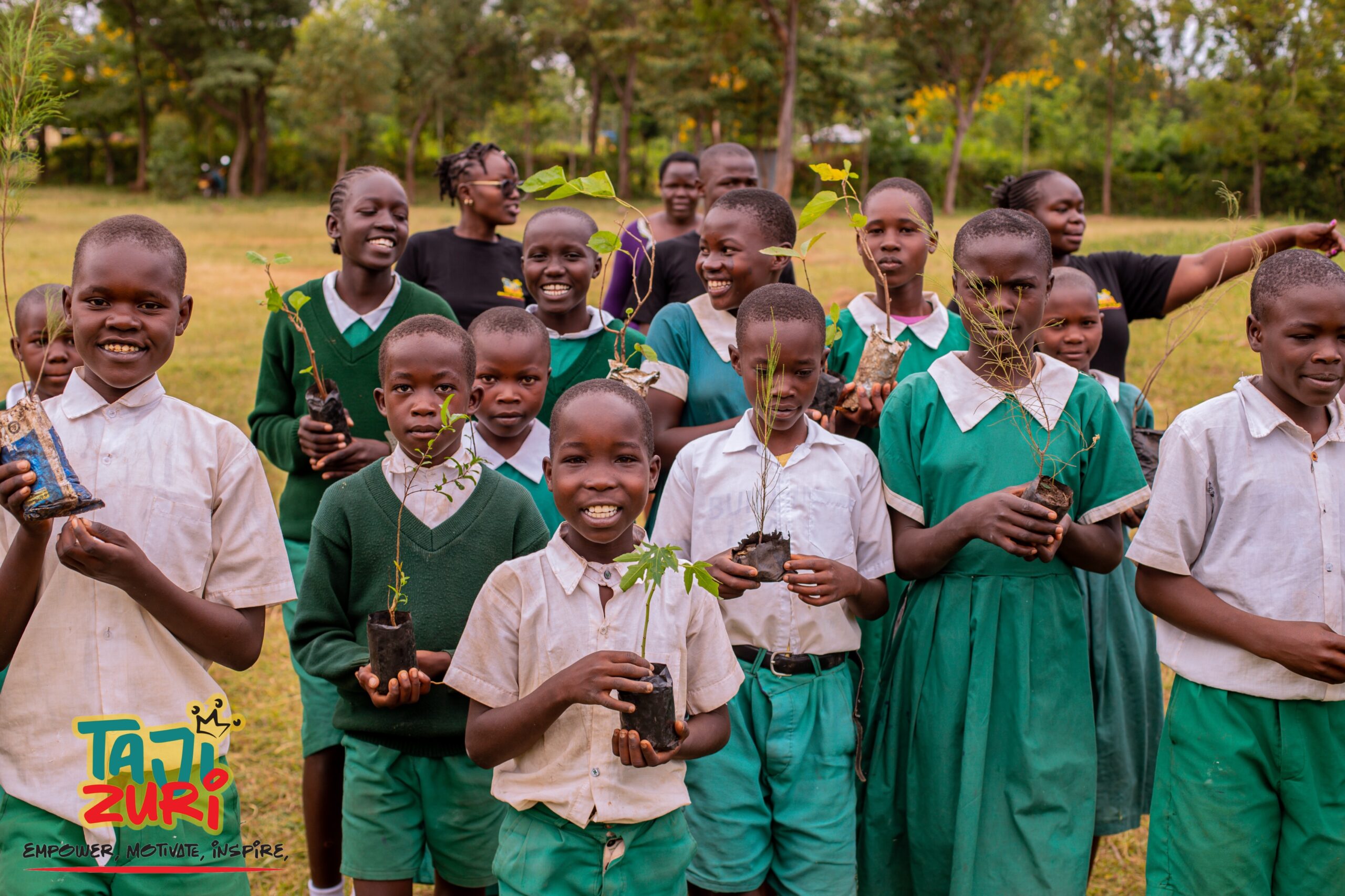Introduction
Environmental responsibility is a crucial aspect of modern education, as climate change and deforestation threaten ecosystems and human livelihoods. Schools serve as foundational institutions for instilling sustainability and environmental stewardship values in young minds. One effective way to foster environmental responsibility is by encouraging tree planting in school compounds.
Global Perspective
Tree planting in schools is a key environmental education strategy worldwide. The United Nations’ Sustainable Development Goals (SDG 13: Climate Action, SDG 15: Life on Land) emphasize afforestation. Countries like China and India have school-based tree planting programs to combat deforestation and climate change.
Globally, deforestation and environmental degradation have led to rising temperatures, erratic weather patterns, and biodiversity loss. According to the Food and Agriculture Organization (FAO), the world loses approximately 10 million hectares of forests each year due to agricultural expansion, urbanization, and logging. In response, international initiatives such as the Billion Tree Campaign and the Trillion Trees Initiative aim to restore forest cover and promote sustainable land use. Many countries have incorporated tree-planting activities in schools as part of climate action and educational policies.
Regional Perspective (Africa/East Africa)
In Africa, tree planting is critical in combating desertification, soil erosion, and climate change. Countries within the East African region, including Kenya, Uganda, and Tanzania, have faced severe deforestation due to charcoal burning, logging, and urban expansion. Organizations like the Green Belt Movement, founded by Nobel Laureate Wangari Maathai, have championed tree planting as a means of environmental restoration and community empowerment. Schools in the region are actively engaging in afforestation programs, often in collaboration with government agencies and nonprofits. Many African governments encourage tree planting in schools to counter desertification. Organizations like the African Union and NGOs support afforestation initiatives, such as the Great Green Wall project, to restore degraded land.
National Perspective (Kenya)
In Kenya, deforestation has significantly affected water catchment areas, leading to reduced rainfall and prolonged droughts. The Kenyan government has set ambitious goals to increase tree cover from the current levels to at least 30% of the land area by 2032. Initiatives such as the National Tree Planting Day and the Green Schools Program encourage schools to integrate tree planting into their curriculum. Schools are being urged to plant indigenous trees, fruit trees, and medicinal plants to support biodiversity, food security, and environmental conservation. The Competency-Based Curriculum (CBC) also incorporates environmental conservation.
County Perspective (HOMA BAY)
At the county level, tree-planting programs are often implemented through partnerships between local governments, schools, and environmental organizations. Counties with arid and semi-arid lands (ASALs) focus on planting drought-resistant trees, while those in highland regions emphasize agroforestry and conservation of water catchment areas. Specific county projects, such as “Adopt-a-Tree” campaigns and school-based forestry programs, have helped improve microclimates and educate students about sustainable practices.
Homa Bay County has been actively promoting environmental conservation through tree-planting initiatives. The county government collaborates with schools, NGOs, and the Kenya Forest Service to encourage afforestation. Programs like the “One Million Trees Initiative” aim to increase tree cover in schools and public spaces. However, challenges such as deforestation, erratic rainfall, and limited water sources hinder progress. Schools in the region are encouraged to set up tree nurseries and use drought-resistant tree species to ensure sustainability.
By integrating tree planting into school activities, students not only contribute to environmental conservation but also develop a lifelong sense of responsibility toward nature. This practice enhances biodiversity, improves air quality, and fosters resilience against climate change, making it a vital educational tool at all levels of society.
1. Importance of Tree Planting in Schools
- Improves air quality, provides shade, and enhances biodiversity:trees absorb carbon dioxide and release oxygen which makes the school environment healthier.
- Teaches students responsibility and sustainability :by caring for trees it teaches them responsibility and teamwork.
- Supports mental well-being and improves the school environment: this is because it reduces stress as it is a calm environment thus improving students’ mental health.
2. Challenges Schools Face in Tree Planting
- Limited water supply and harsh climatic conditions: in regions with water scarcity, prioritizing tree irrigation may be difficult.
- Inadequate funding for maintenance: schools lack a budget for seedlings, fertilizers, and maintenance.
- Lack of awareness and training among students and teachers: some may not understand the importance of tree planting.
- Inadequate tools: schools may not have proper gardening tools or protective materials for young trees.
3. Strategies to Promote Tree Planting in Schools
- Government and NGO support through free seedlings.
- Community involvement and awareness programs.
- Introduction of tree care lessons in the school curriculum.
- Schools setting up tree nurseries for sustainable planting
- Tajizuri as a society is offering free mentorship to learners in primary schools on how to take care of the environment, making them aware of the trees or seedlings suitable for dry and wet areas, on the other hand, it provides free seedlings to primary schools.
Conclusion
Planting trees in school compounds is a vital step in promoting environmental responsibility. It not only enhances biodiversity and combats climate change but also instills lifelong conservation values in students. Despite challenges such as water scarcity and inadequate resources, schools can overcome these hurdles through partnerships, government support, and community involvement.
To ensure long-term success, schools should integrate tree planting into their curriculum, establish sustainable tree nurseries, and actively involve students in tree care. With continued commitment from all stakeholders—government agencies, schools, communities, and NGOs—tree planting in school compounds can contribute significantly to Kenya’s afforestation goals and create a greener, healthier environment for future generations.
Prepared by:
Awino Victor
Program Officer.
Reviewed By: Tatiana Nadongo




